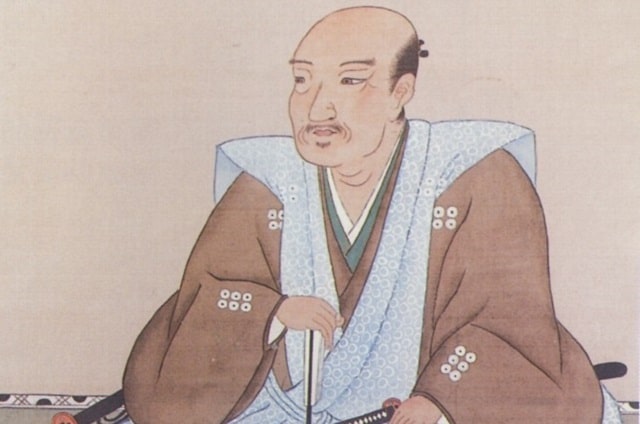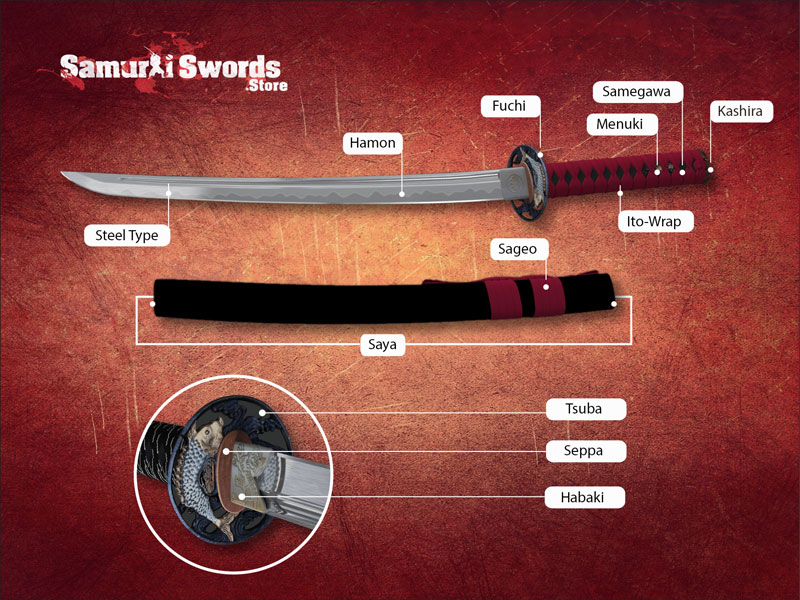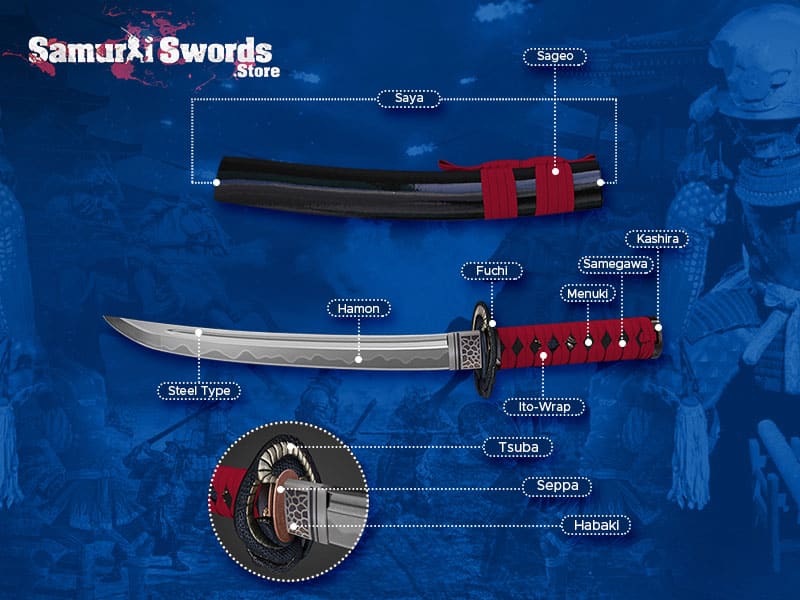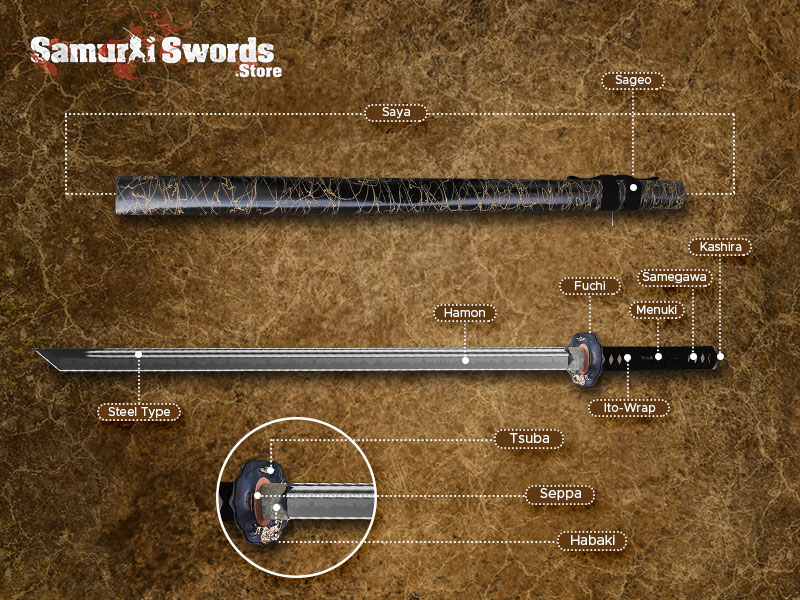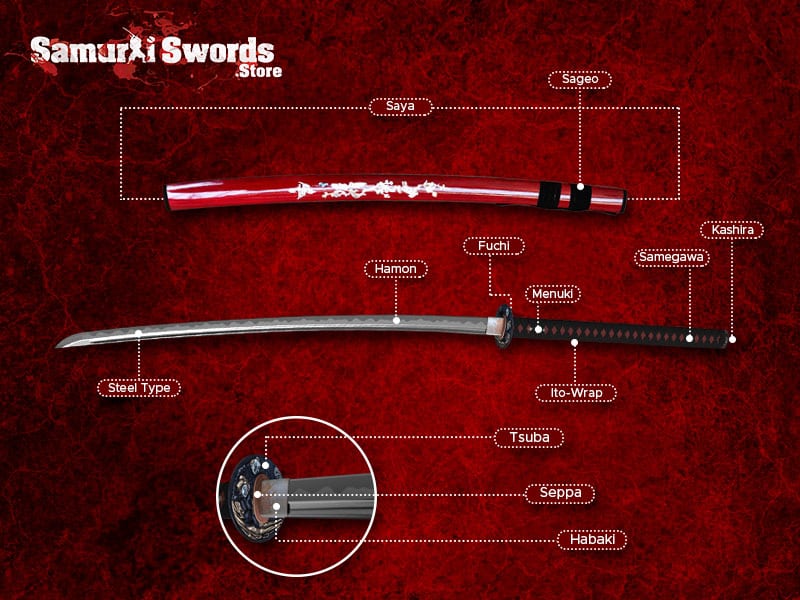Samurai Warriors
Sanada Yukimura
Sanada Yukimura
Yukimura Sanada was one of the well-known samurai warriors from the Sengoku Period. His real name was Nobushige Sanada. He was the leading general who protected the city during the Siege of Osaka.
He was dubbed as a warrior who appears after a hundred years. He was also called the Last Sengoku Hero, as well as the Demon of War. Shimazu Tadatsune, a well-renowned veteran from the Invasion of Korea, called Sanada the “Number one samurai in the country”.
He was the second son of Masayuki Sanada who lived from 1544 to 1611. He married Chikurin-in, Otani Yoshitsugu’s daughter who was eventually adopted by Toyotomi Hideyoshi; Yukimura also had three other wives.
Prior to the Battle of Nagashino, Masayuki was a retainer who served Shingen Takeda and Katsuyori Takeda. However, the battle claimed the lives of his two brothers. Due to that, he was able to inherit the Sanada clan with his allies.
Secret of Sanada Yukimura Strength
Even the shogun Ieyasu Tokugawa feared Yukimura Sanada. The latter lived a life that other samurai of his time had tried to emulate. He also respected Shingen Takeda, his commander who had one of the strongest armies in the Sengoku Period.
In his training, he was punched and given life lessons. This was in a way a type of battle metaphor where he learned from the battles that he faced. He is recognized for knowing how to care for the people who are under him.
Sanada Yukimura’s Personality
Despite being proficient in battle, Yukimura was naive when it comes to relationships with the opposite sex. Because of this, Keiji Maeda made fun of him.
Yukimura was respectful and also used words that would honor whoever he conversed with. It was mentioned that Yukimura rose into folk hero status only when he died. His quick rise is due to his exploits.
He was formidably impressive because of what he has done in the Siege of Osaka. He loved wearing either his red or blue oni and was short-tempered.
He was carefree and took responsibility seriously after his father was killed in battle. After this, he became the leader of his clan. These are also some traits that you can see from anime characters inspired by the real Sanada Yukimura.
Turbulent Youth
Yukimura’s youth was full of turbulence. Since he was the second son of a highly respected samurai and tactician, he was a hostage in return for military assistance.
Despite this, he gained the general appeal and was often depicted as a young man. However, Yukimura died when he was 49 years old.
Sanada Clan
The Sanada Clan has originated from the Nagano Prefecture. This was also the place where the Olympic Games in 1998 was held. This family was best known for being part of the elite samurai class of Japan.
The clan has also been recognized for the member’s wisdom and sophisticated strategy. Hiroyuki and Mayumi’s ancestor is one of the members of the clan’s extended family. Mayumi is said to be the Sanada Clan’s chief retainer from the age of Nobuyuki.
Kinship Of Sanada Yukimura
Yukimura’s father, Masayuki, was famous for his intelligence. Both Masayuki and Yukimura were favored by Hideyoshi Toyotomi. He also married a daughter of Hideyoshi’s closest aides.
Hideyoshi and Ieyasu wanted to have a close relationship to Sanada family. This made Yukimura and Nobuyuki closer since they belonged to the same party.
When Tokugawa conquered the Toyotomi clan, this was said to mark the beginning of the Edo period which lasted for more than 200 years.
Family Crest
The design of the Sanada family crest is the Rokumonsen, which translates to “a series of six coins”. The crest was inspired by “Rikudo” which means six underworlds. I
n Buddhist teachings, it was said that people go down to these six underworlds after they died. This was the same coin that is said to be given to the keeper of the underworld.
According to the story, those who grieve for the dead placed the coin on the casket so the deceased cold pay to cross the death’s river.
The Sanada Clan used the Rokumonsen as their family crest to display their readiness for death. They were always ready to die in battle since they had a cause, and the six coins of the clan’s crest depicted what they would pay when once they crossed the underworld.
Sanada Yukimura At TheBattle of Sekigahara
In the Battle of Sekigahara, the Sanada Clan actively helped Ieyasu Tokugawa to attack Kagekatsu Uesugi. They rallied with other daimyo to fight against their opponents.
However, the Sanada Clan had to retreat to Ueda Castle when they were forced by their enemies against the wall. The clan secured the castle against attacks and was able to conquer 40,000 men with just 2,000 valiant soldiers.
Sanada Yukimura At Osaka Siege
There were two campaigns under the Siege of Osaka – the Winter and Summer Campaigns. These lasted from 1614 until 1615.
The conflict was occasionally referred to as the Genna Armistice since it was renamed from Keicho to Genna after the end of the siege.
The Siege of Osaka – Winter Campaign
The Winter Campaign was also known as the battle of Tennouji. This signaled the desperate measures of the Toyotomi Army. In November 1614, the Tokugawa forces attacked the fort across the Kizu River.
Three thousand men attacked and completely destroyed the fort. The Tokugawa army proceeded to attack the village of Imafuku; the former had around 1500 soldiers and fought against the enemy forces that was composed of six hundred men
Ieyasu gave up in his attempt to destroy the castle during this battle. He sought peace with Toyotomi Hideyori. He had a proposal for reconciliation, with the condition to destroy the outer moat of the castle. However, Ieyasu instructed his envoy to destroy both outer and inner moats.
The Siege of Osaka – Summer Campaign
Yukimura Sanada’s death took place during the Battle of Domyoji. He commanded the army to engage in a battle with the forces of Date Masamune. Yukimura tried to tale refuge at the Osaka Castle.
However, he was overwhelmed by the massive force of more than 100,000 men moving towards the castle with the intention to assault it.
The Toyotomi took advantage of the Tokugawa armies that were off-guard, moving into formation. This left the vanguard under Natsudaira Tadanao’s command. Yukimura’s forces charged down with Mori Katsunaga’s group. They were able to attack the opponents at the center.
While Matsudaira’s line was falling, Yukimura took advantage of this and dispatched his son, Daisuke Sanada to return to the castle and command Hideyori to seize the moment to set forth for an attack but Hideyori was too late.
As the battles continued to rage, Yukimura collapsed on a camp stool. Nishio Nizaemon, a samurai who served the Tokugawa, saw Yukimura’s conditioned and challenged him.
However, Yukimura no longer had the strength to fight so he took off his helmet and allowed his life to be ended. The spot where he was killed was at the Yasu Shrine at the west of Shitennoji Temple. The shrine was erected to honor his martyrdom.
Rumors about Sanada Yukimura
There were rumors that Yukimura faked his own death to escape with the heirs of Hideyoshi, which pushed the rise of the Toyotomi Clan. Another rumor that spread around was that he hid to prepare his revenge against the Tokugawa.
Sanada Yukimura: Tributes to the Clan
Sanada Sandaiki, a novel written in the 17th century, tells about the tropes and legends of the Sanada Clan and its three generations – Masayuki Sanada, Yukimura Sanada, and Daisuke Sanada. This book was written through two generations after Yukimura’s death.
After his death, his accomplishments were greatly recognized. This led to Yukimura being featured in popular culture. Aside from novels about Yukimura and the Sanada clan, there are several anime and manga with characters who were inspired and designed after him..
Image Source: 上田市立博物館所蔵品。 [Public domain]


